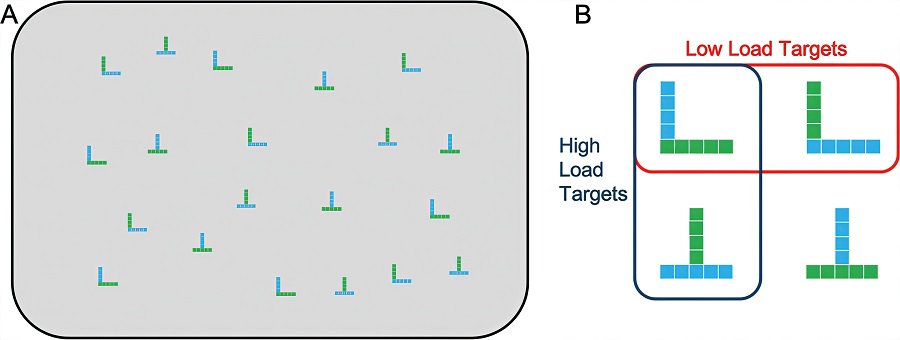Can you take the wheel?

Researchers have announced a method to determine whether a driver can take back control of a vehicle in self-driving mode (writes Nick Flaherty).
Research found that people’s attention levels and how engrossed they are in on-screen activities can be detected from their eye movements. This provides a new way to determine the readiness of drivers using the self-driving mode to respond to real-world signals, such as takeover requests from the car.
When using the self-driving mode, drivers are able to take their hands off the wheel and participate in other activities. However, current models can require the driver to take back control of the car at certain points.
For example, they can use the self-driving mode during a traffic jam on a motorway. But once the jam has cleared and the motorway allows speeds faster than 40 mph, the AI will send a ‘takeover’ signal to the driver, indicating that they must return to full driving control.
The researchers tested whether it was possible to detect if a person was too engrossed in another task to respond swiftly to such a takeover signal. The team, at University College London, tested 42 participants across two experiments, using a procedure that mimicked a takeover scenario in a driverless car.
Participants were required to search a computer screen with many coloured shapes for some target items and let their gaze linger on targets to show they had found them. They found that when a task demanded more attention, participants took longer to stop watching the screen and respond to a tone.
The tests showed it was possible to detect participants’ attention levels from their eye movements. An eye movement pattern involving longer gazes and shorter distances of eye travel between the target items indicated that the task was demanding more attention.
UPCOMING EVENTS























